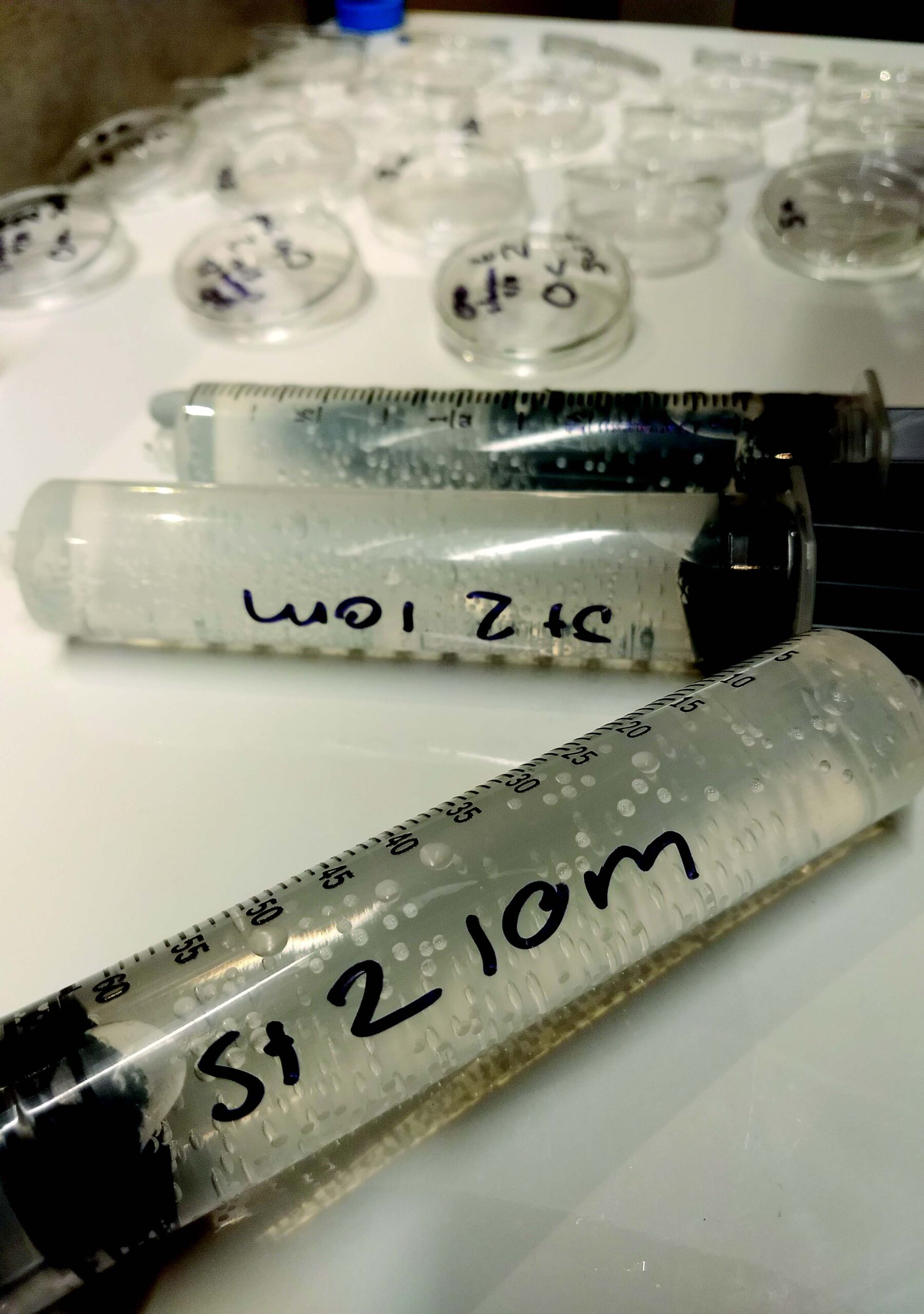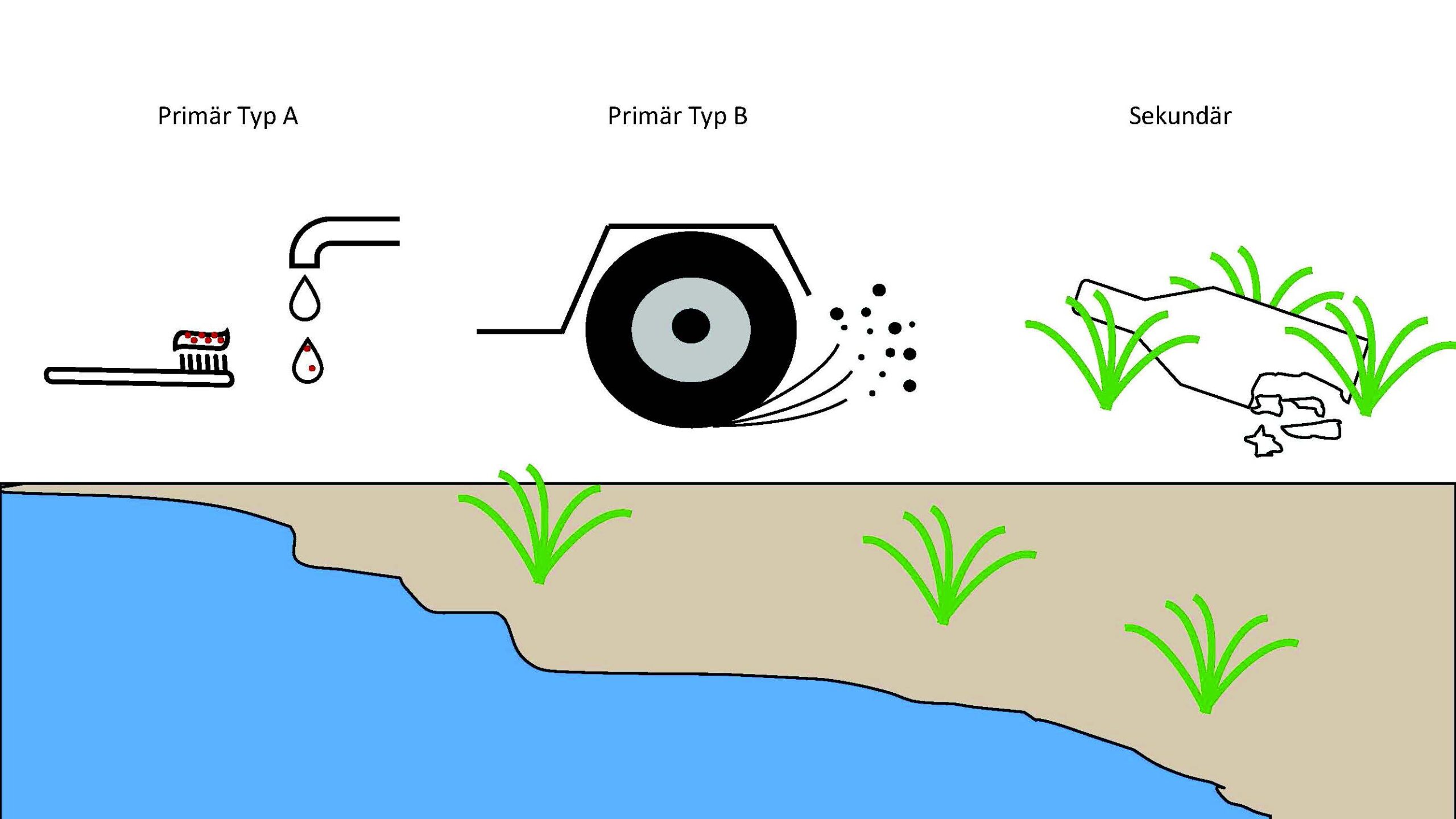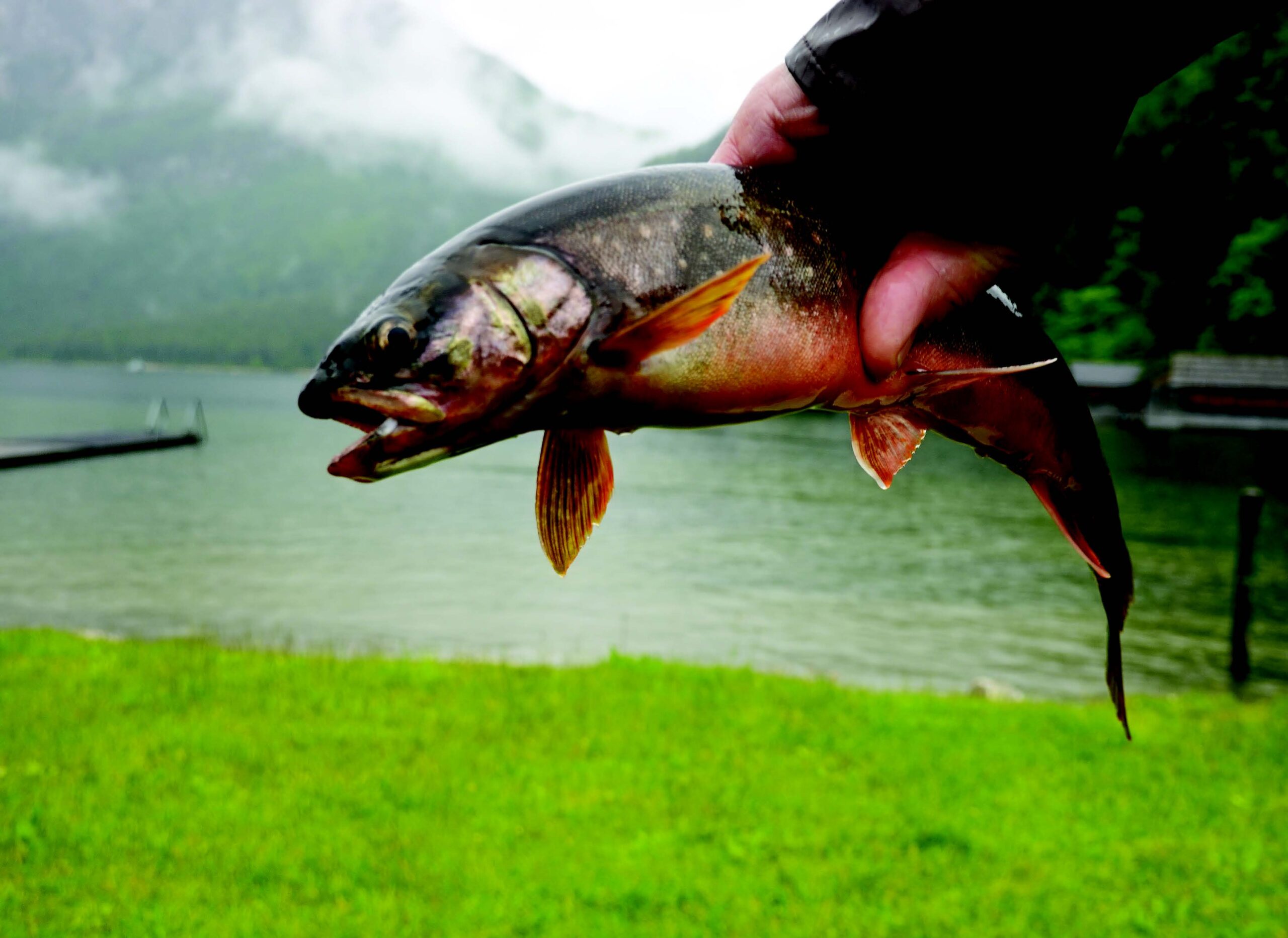
Microplastics are human-made and ubiquitous today due their small size (1/10 of a hair diameter) that makes them easily spread by air and water. Due to their poor degradability, they remain in the environment for long periodsof time, which can impact the ecosystem. In Altaussee, microplastics are primarily introduced from the air through rain and snow events. Since 2020, their occurrence in the lake and streams, but also in the fish, has been monitored with the involvement of the municipality. Altaussee, although pristine and remote, is therefore not fully sheltered from the global microplastics issue. Researchers will continue to monitor microplastics in the environment and wildlife, while also informing the public of their options to use alternative materials to plastics that can more easily degrade in the lake water.
Climate change impacts all planetary environmental parameters. Rising temperatures of the lake will lead to a reduction in oxygen levels and force fish to migrate to deeper waters that can remain cold and rich in oxygen. Additionally, changes in food availability and more frequent algal blooms may occur in the lake, affecting its fundamental services.
Climate change is also altering the occurrence of precipitation (rain, snow), which is expected to have a long-term impact on the lake‘s water balance.


